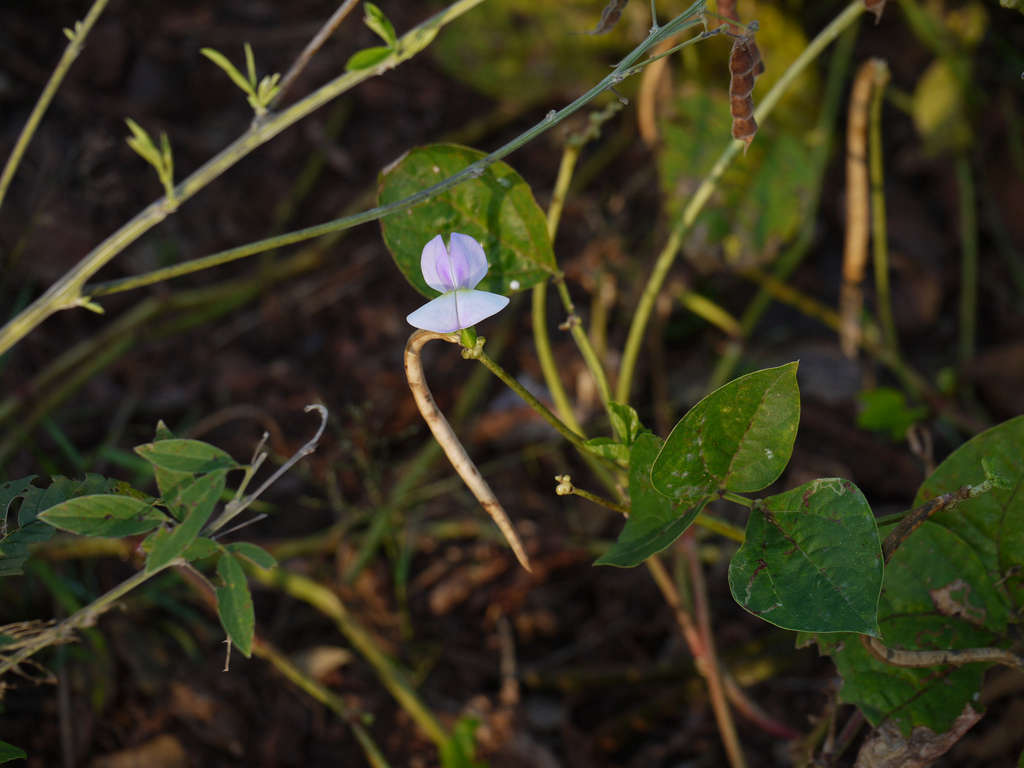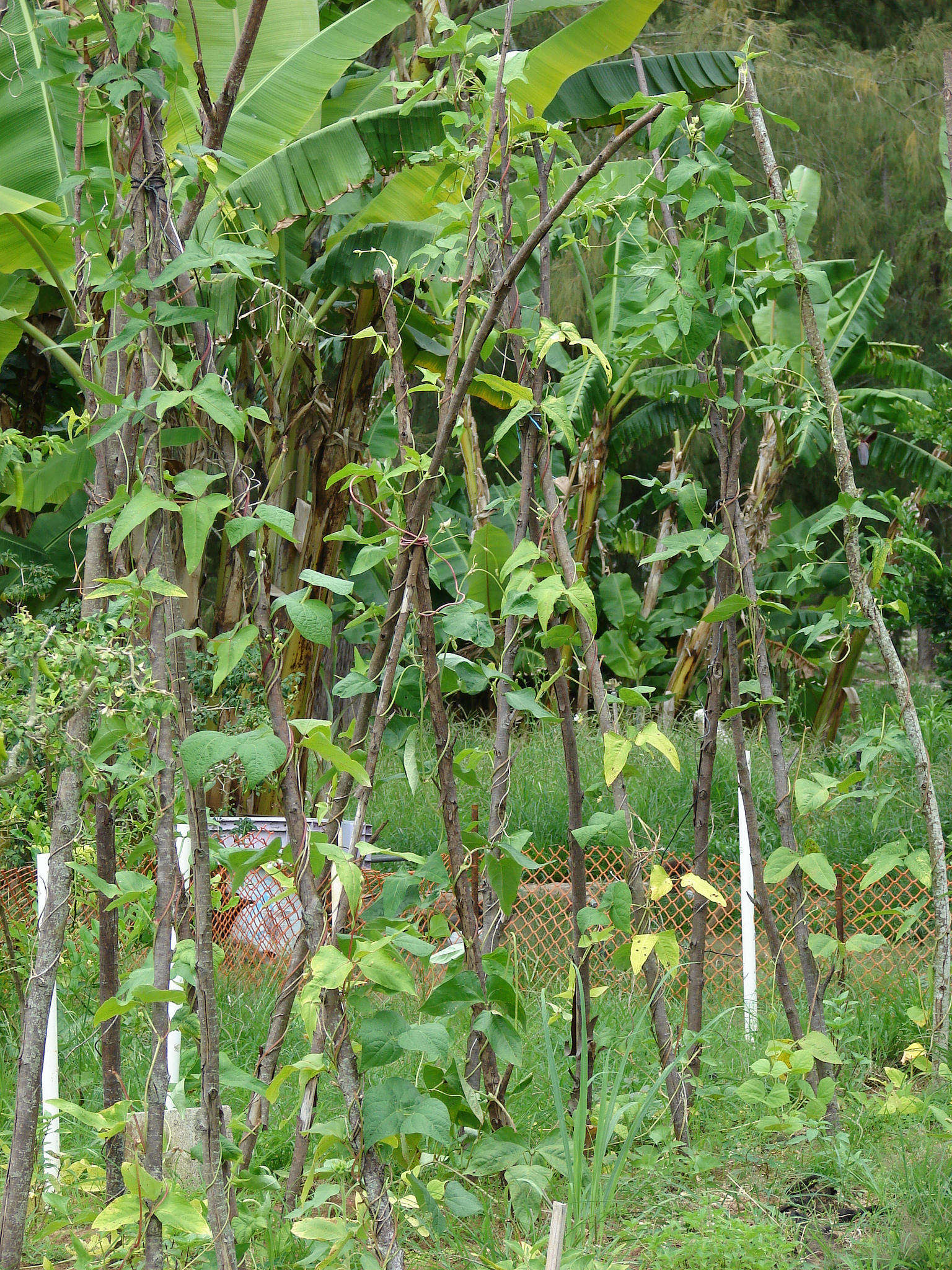Black-Eyed Pea, Vigna Unguiculata: “New Year’s Luck”
For luck in the new year, eat black-eyed peas. Jews have been serving them on Rosh Hashanah for 2,500 years and the legumes (native to Africa) came with slaves to the American South in the 17th century.
Vigna unguiculata is a vine-like plant common in warmer growing zones. But don’t be deceived; though it’s also called “cowpea,” “goat pea,” “Southern pea,” and “field pea,” the plant bares legumes, not peas. The “eyes” of the white beans can range in color from black to brown to pink to green.

The origin of the tradition of eating black-eyed peas in the US on New Year’s Day is up for debate. One story goes that, during the Civil War, Union armies moving through the South ransacked the Confederates’ food supplies but left dishes of black-eyed peas and pork untouched, thinking it unfit for humans, and leaving plenty for the Southerners to subsist on. Others say that the dish is a symbol of emancipation. Regardless, the black-eyed pea is a common ingredient in Southern dishes.

Black-eyed peas, full of nutrients, were championed by George Washington Carver as a source of nitrogen in soil.

Cheat Sheet
- Black-eyed peas are best for gardeners (or farmers) with plenty of space: It’s recommended that four to six seeds are planted in each hole at spaces of 1 foot.
- In addition to producing healthful legumes, the black-eyed pea plant is also friendly to bees and a plentiful source of pollen.
- A tell-tale sign that the legumes are ready for harvesting: The seeds will appear swollen. Shell and cook peas quickly after harvesting for the freshest possible beans—or dry them and save them for next New Year’s.

Keep It Alive
- Black-eyed peas can only be grown in warm soil, with no risk of frost or cold, generally in the late spring and throughout the summer.
- No need to hose down your plants daily, even in hot summers; black-eyed peas are drought-resistant and can withstand long stretches without water.
- Grow black-eyed peas in the sunniest part of the yard; they thrive in direct light.

Best wishes for a bountiful new year. For more posts on turning over a new leaf, see:
- 6 Ways to Green Your Office in the New Year.
- Garden-to-Table Recipe: New Year’s Cleanse.
- Gift Guide 2016: Seed Collections for Adventurous Gardeners.
Finally, get more ideas on how to successfully plant, grow, and care for black-eyed peas with our Black-Eyed Peas: A Field Guide.
Interested in other edible plants for your garden? Get more ideas on how to plant, grow, and care for various edible plants (including flowers, herbs and vegetables) with our Edible Plants: A Field Guide.





Have a Question or Comment About This Post?
Join the conversation